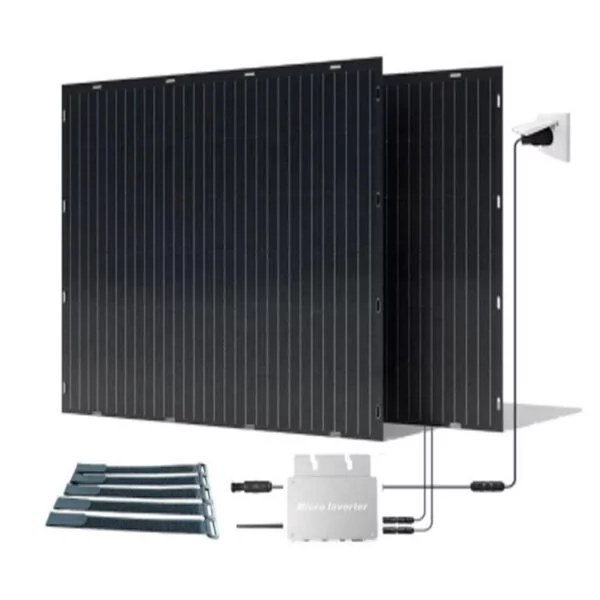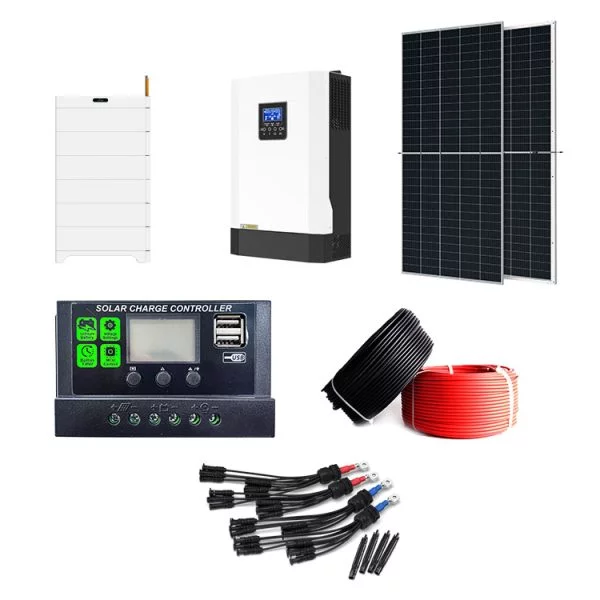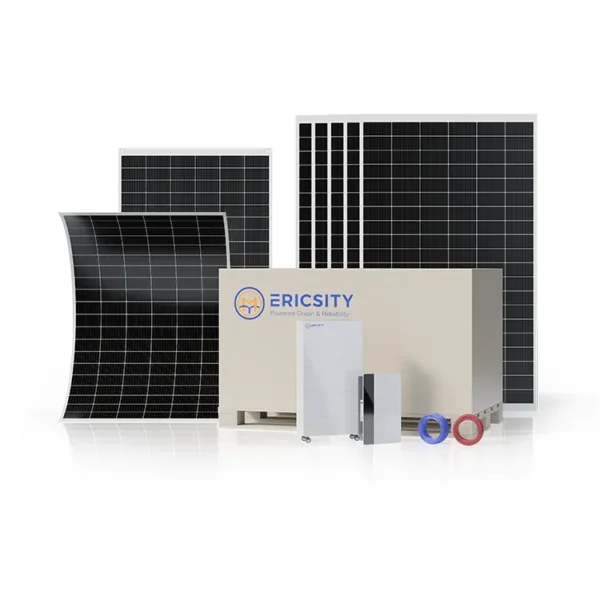HOT PRODUCT
Product Details
Breaking Down The Costs: What Determines 24v Flexible Solar Panel Prices
Title: Breaking Down The Costs: What Determines 24v Flexible Solar Panel Prices
Introduction (80 words)
Solar energy has emerged as a sustainable and environmentally friendly source of power. As the popularity of solar energy continues to rise, the demand for solar panels, particularly 24v flexible solar panels, is growing. Understanding the factors that influence the price of these panels is crucial for consumers and industry professionals alike. In this article, we will explore the key determinants that drive 24v flexible solar panel prices.

1. Material Quality (100 words)
The quality of materials used in the manufacturing of 24v flexible solar panels significantly affects their price. Higher-quality materials, such as advanced polymers and premium-grade photovoltaic cells, contribute to increased durability and improved energy conversion efficiency. These materials are usually more expensive to procure, resulting in higher prices for the panels. Additionally, premium materials help ensure the longevity and reliability of the solar panels, providing better value for money over their lifespan.
2. Energy Efficiency (100 words)
The energy conversion efficiency of a 24v flexible solar panel is an essential determinant of its price. Higher efficiency panels can convert a greater percentage of sunlight into usable electricity, resulting in more power generation. Although these panels may be more expensive initially, they offer a higher energy yield for the same surface area compared to less efficient panels. By producing more electricity per unit, the overall system requirements may be reduced, leading to potential cost savings in peripheral components such as inverters and batteries.
3. Manufacturing Technology (100 words)
The manufacturing technology employed plays a vital role in determining the price of 24v flexible solar panels. Advanced production methods, such as thin-film deposition and roll-to-roll manufacturing, reduce production costs by increasing efficiency, minimizing waste, and achieving economies of scale. However, the adoption of cutting-edge technology often comes with higher research and development costs. This can influence the price of panels in the market, especially during the early stages of advanced technology implementation.

4. Scale of Production (100 words)
The scale of production is closely linked to the price of 24v flexible solar panels. Large-scale manufacturers can take advantage of bulk purchasing power and streamline their manufacturing processes, reducing costs per unit. These cost efficiencies can then be passed on to consumers in the form of lower prices. On the other hand, smaller manufacturers may not enjoy these economies of scale, leading to relatively higher prices. Hence, market competition and the dominance of larger manufacturers can influence the final cost of 24v flexible solar panels.
5. Market Demand and Supply (120 words)
The principles of supply and demand significantly impact the price of 24v flexible solar panels. A surge in demand for solar energy, driven by government incentives, environmental concerns, and technological advancements, can lead to increased prices due to limited supply availability. Conversely, when there is an oversupply of solar panels in the market, prices may decrease to stimulate demand. As the solar industry becomes more established and the technology matures, prices are expected to hit an equilibrium point, making solar panels even more affordable for consumers.
Conclusion (100 words)
As the world embraces renewable energy, understanding the factors contributing to the price of 24v flexible solar panels is essential. Material quality, energy efficiency, manufacturing technology, scale of production, and market dynamics all play a pivotal role in determining the cost of these panels. While high-quality materials and advanced technologies may come at a higher initial price, their long-term benefits far outweigh the upfront costs. Additionally, an increase in market competition and economies of scale can gradually reduce prices, making solar panels increasingly accessible for residential and commercial applications.




